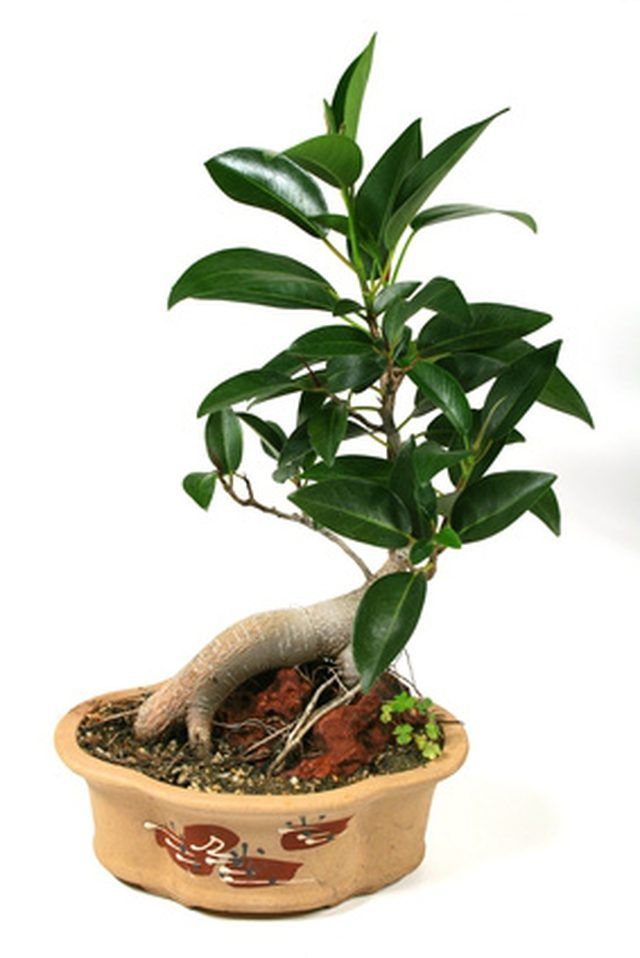Bulbs
Flower Basics
Flower Beds & Specialty Gardens
Flower Garden
Garden Furniture
Garden Gnomes
Garden Seeds
Garden Sheds
Garden Statues
Garden Tools & Supplies
Gardening Basics
Green & Organic
Groundcovers & Vines
Growing Annuals
Growing Basil
Growing Beans
Growing Berries
Growing Blueberries
Growing Cactus
Growing Corn
Growing Cotton
Growing Edibles
Growing Flowers
Growing Garlic
Growing Grapes
Growing Grass
Growing Herbs
Growing Jasmine
Growing Mint
Growing Mushrooms
Orchids
Growing Peanuts
Growing Perennials
Growing Plants
Growing Rosemary
Growing Roses
Growing Strawberries
Growing Sunflowers
Growing Thyme
Growing Tomatoes
Growing Tulips
Growing Vegetables
Herb Basics
Herb Garden
Indoor Growing
Landscaping Basics
Landscaping Patios
Landscaping Plants
Landscaping Shrubs
Landscaping Trees
Landscaping Walks & Pathways
Lawn Basics
Lawn Maintenance
Lawn Mowers
Lawn Ornaments
Lawn Planting
Lawn Tools
Outdoor Growing
Overall Landscape Planning
Pests, Weeds & Problems
Plant Basics
Rock Garden
Rose Garden
Shrubs
Soil
Specialty Gardens
Trees
Vegetable Garden
Yard Maintenance
The Care of Ginseng Ficus Bonsai Plants
The Care of Ginseng Ficus Bonsai Plants. Ginseng ficus bonsai plants are small plants with a leafy top and a willow-like root system that comes out of the ground. The leaves are green and have various-shaped leaves depending on the species. The leaves can be teardrop-shaped or evergreen needles. The ginseng ficus bonsai tree comes planted in a...

Ginseng ficus bonsai plants are small plants with a leafy top and a willow-like root system that comes out of the ground. The leaves are green and have various-shaped leaves depending on the species. The leaves can be teardrop-shaped or evergreen needles. The ginseng ficus bonsai tree comes planted in a small container and requires regular care in order for the plant to thrive.
Things You'll Need
Bonsai shears
Spray bottle
Time-release fertilizer granules
Use the bonsai shears to prune and shape your ginseng ficus bonsai plants. This should be done at least once a month. Also trim away any dead stems or leaves. The bonsai shears will allow you to cut leaves and stems without leaving scars.
Fill the spray bottle with quality tap water or distilled water. The temperature should be cool, not cold or warm. Lightly spritz the bonsai tree once a day. This plant is forgiving if you don't remember to spray the tree every day, but it does not like having its roots sitting in water, so do not oversaturate.
Fertilize the ginseng ficus bonsai plant twice a year, once in the spring and once in the autumn. In the spring, 1 tbsp. of time-release fertilizer granules should be hand-mixed into the soil. In the autumn 2 tbsp. of time-release fertilizer granules should be hand-mixed into the soil. Hand-mixing will protect the underground root system.
Transfer the ginseng ficus bonsai tree to a new pot once every two years. This will give the tree a chance for the roots to breathe, and provide more room for the root system to grow. Use a well-draining soil that is rich in nutrients.
Leave the bonsai in full sunlight, optimally facing south. When using heat lamps, the heat lamps should be placed within 12 inches of the bonsai. Turn the lights off at night and then back on first thing in the morning.